The Vins Duecinquanta is a carbon-fiber monocoque bike packing a 249cc V-twin two-stroke with electronic fuel injection. With an eye on extreme lightness, the street bike promises a curb weight of less than 210 lbs. No power figure is given, but with such a featherweight bike, it's almost guaranteed to be quick.
If that's not extreme enough for you, Vins also plans to introduce a Duecinquanta Competizione, a track-only variant cranking out more than 80 horses and weighing less than 190 lbs. Top speed is targeted at 150 mph.
While it's unclear whether Vins can get a two-stroke engine past European emissions regulations, the idea of a superlight two-stroke bike is extremely intriguing to us. Even at prices that, frankly, put it well out of our reach: $48,000 for the street bike, more than $60,000 for the track model.


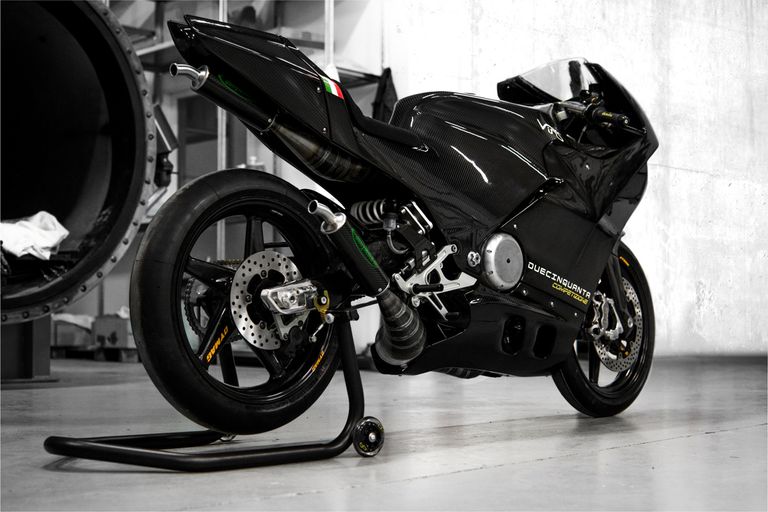
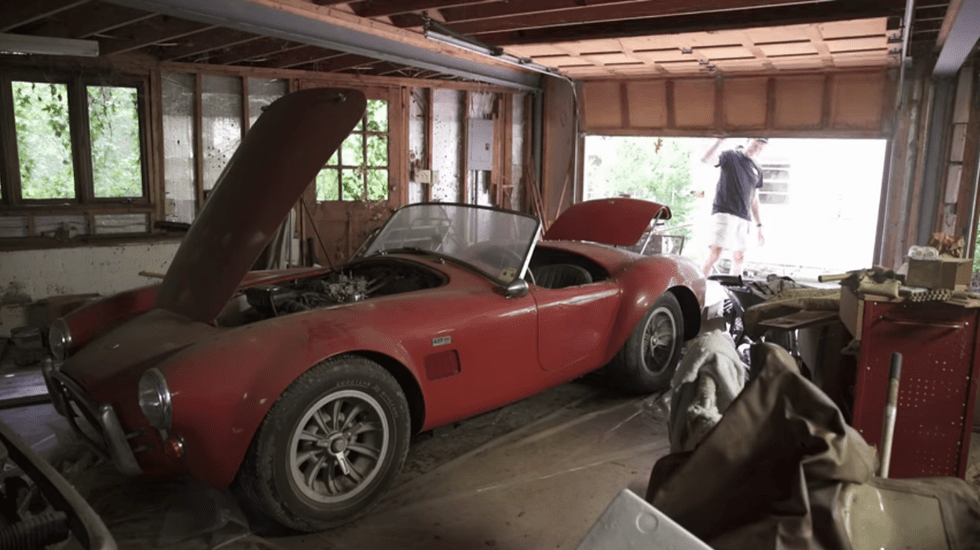
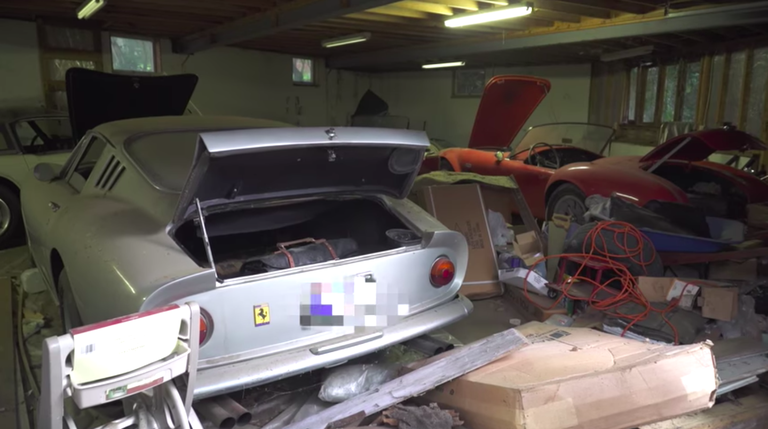
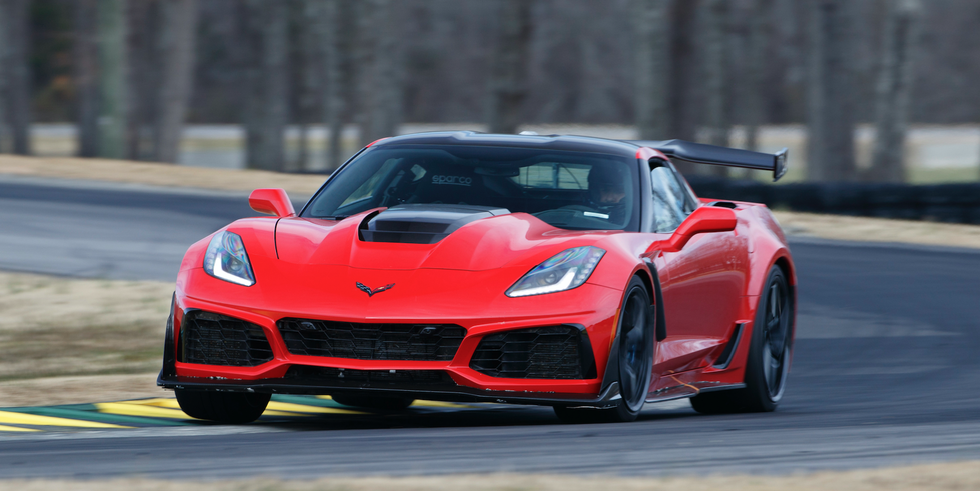
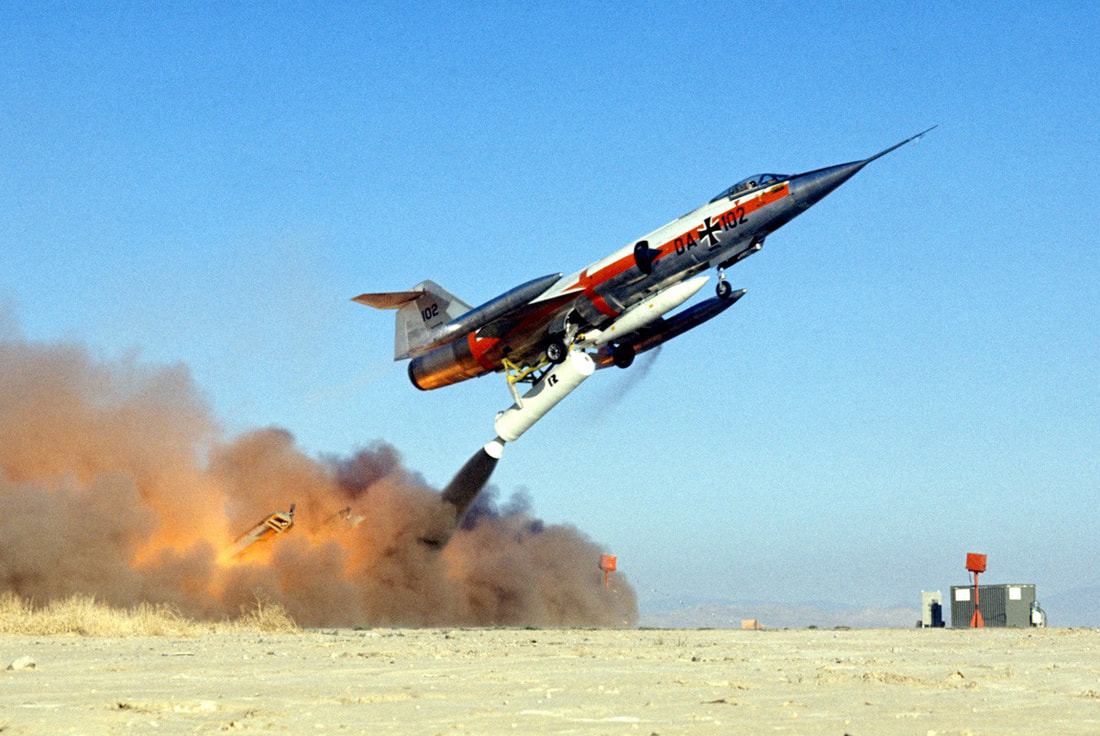

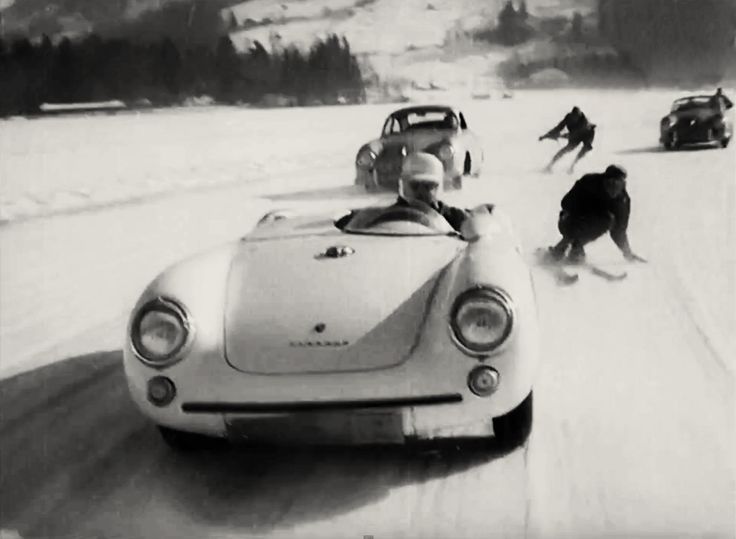
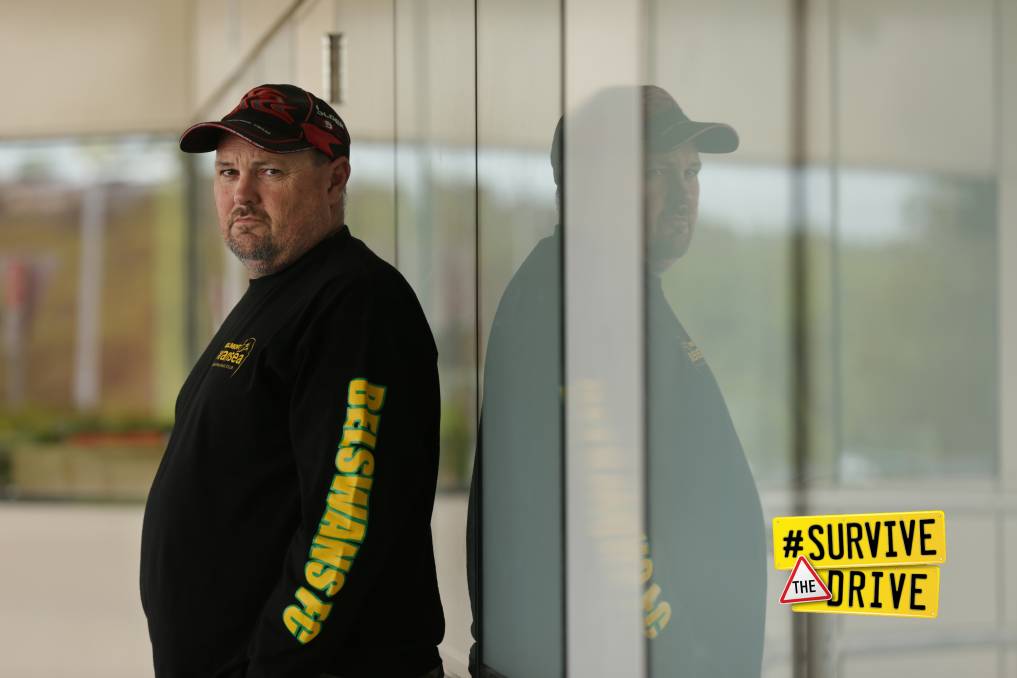

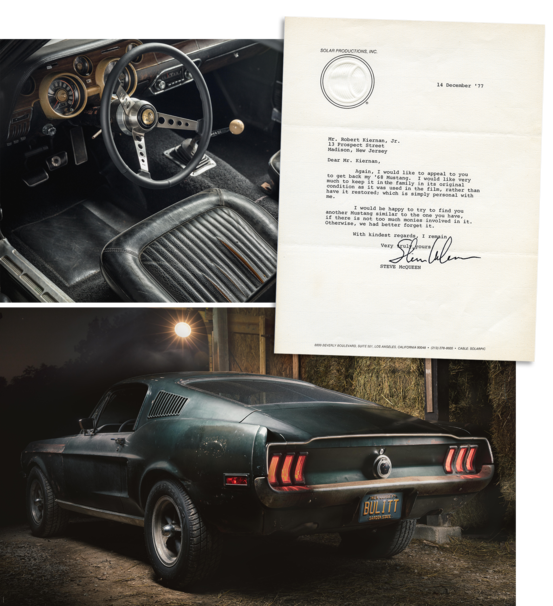

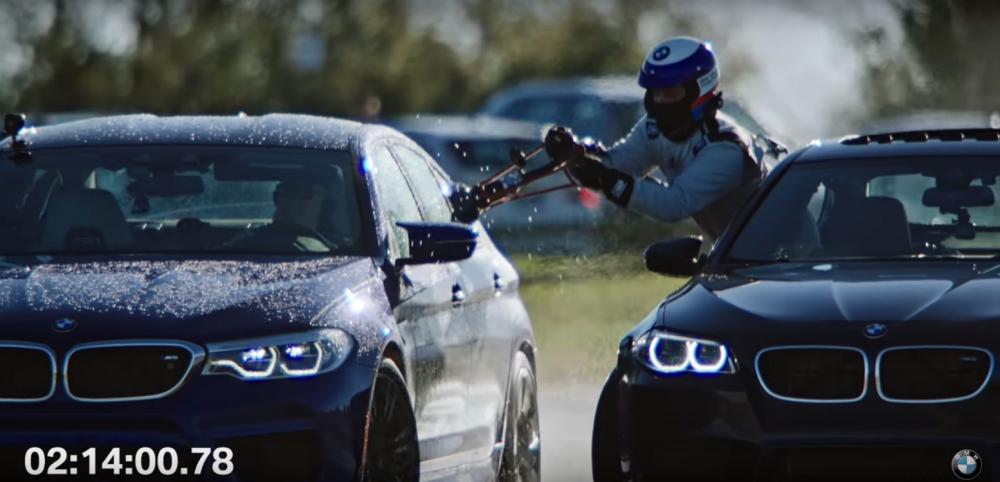
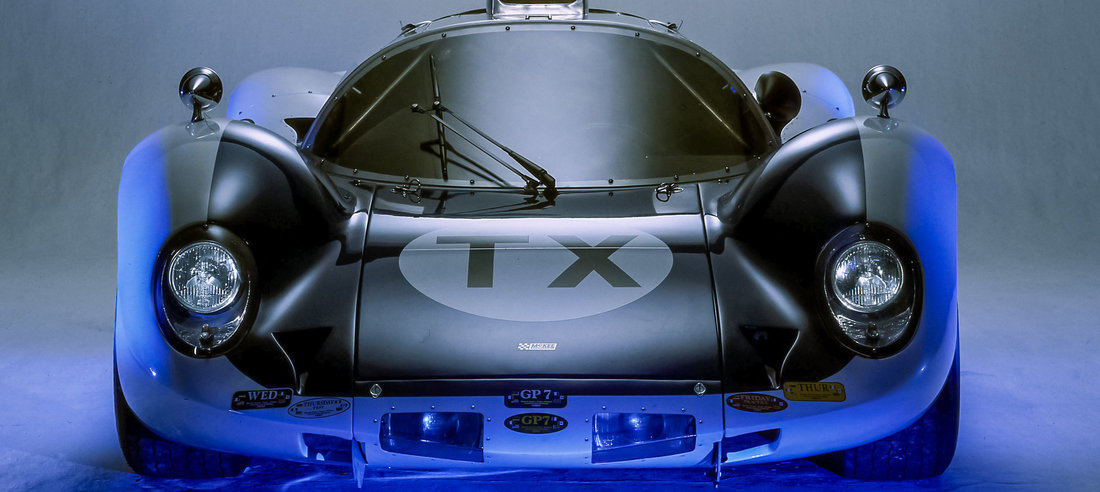
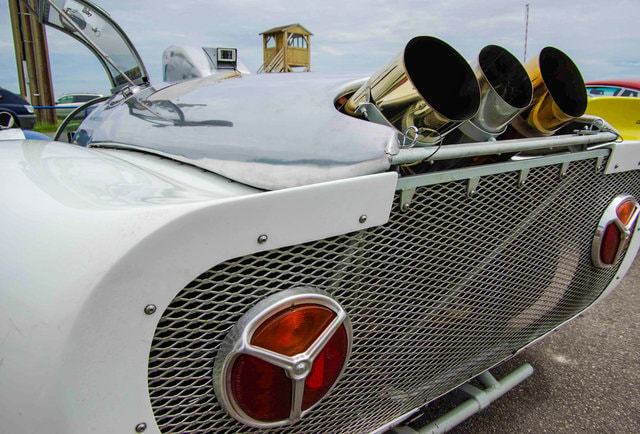
 RSS Feed
RSS Feed